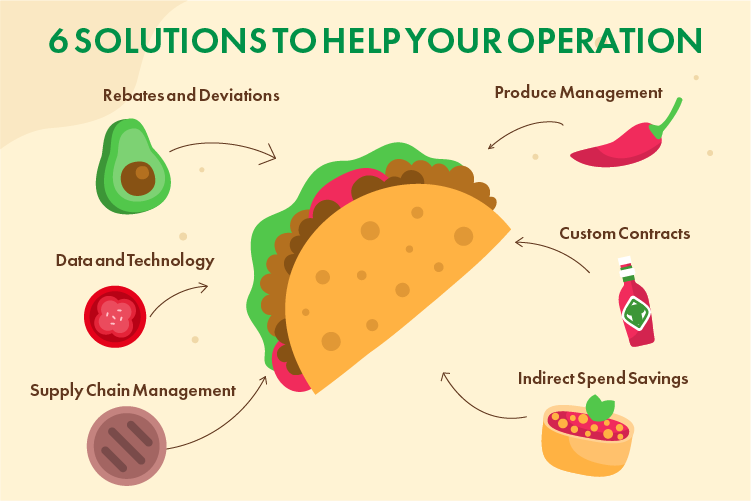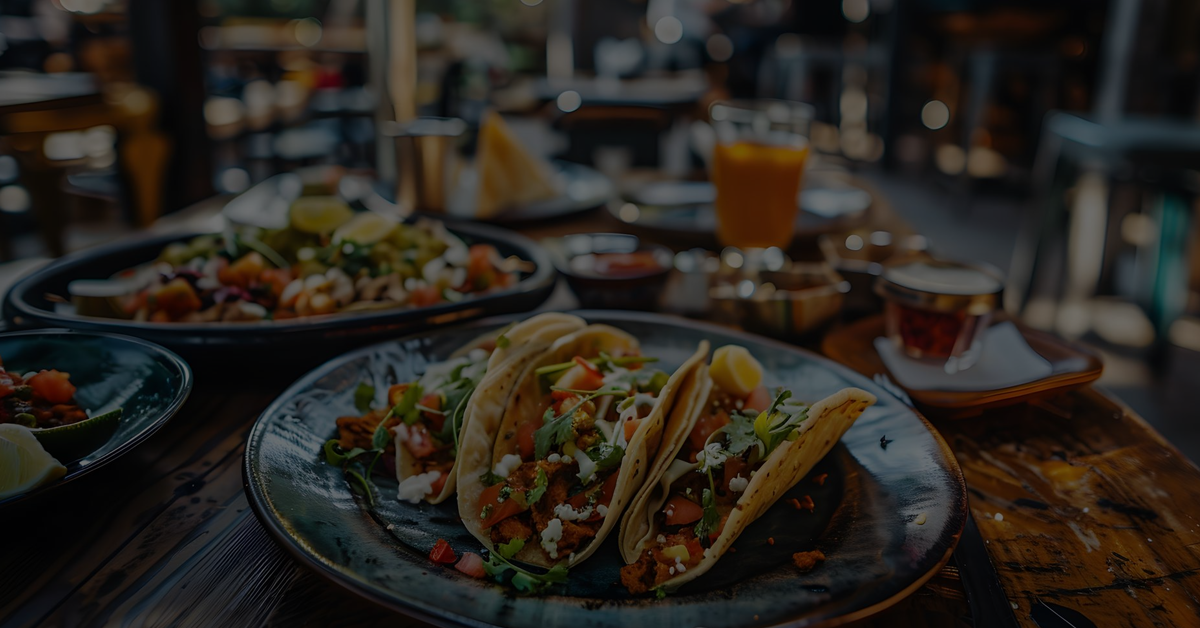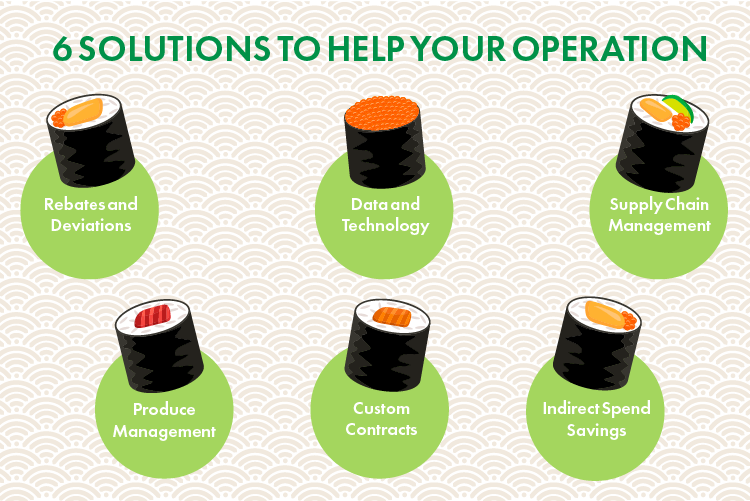Cost Management Solutions for Mexican Restaurants from Consolidated Concepts
Looking for effective cost control for Mexican restaurants? Running a Mexican restaurant, especially across multiple locations, requires more than just serving up delicious tacos and tamales—it’s about delivering authentic flavors, keeping up with changing trends, and maintaining operational consistency from location to location. In a market where consumer preferences are constantly evolving, it’s essential to find ways to control costs while offering fresh, flavorful dishes that keep your customers coming back for more.
At Consolidated Concepts, we understand the complexities of managing a Mexican restaurant concept. Whether you’re serving up street-style tacos or modern twists on traditional dishes, we provide the tools and expertise you need to streamline your operations and focus on what matters—creating unforgettable dining experiences. Here’s how we can help your Mexican restaurant spice up operations.

Rebates and Deviations
From tortillas to beans and spices, your restaurant depends on high-quality ingredients to craft authentic Mexican flavors. With our rebates and deviations programs, we’ll help you secure the best prices on key items like corn masa, chiles, and fresh produce, ensuring you get the most value without compromising on quality. Saving on avocados for your guacamole? That’s what we’re here for.
Data and Technology
In a fast-paced restaurant environment, data is your best friend. We analyze customer preferences and sales data across your locations to help you optimize your menu, identify trends, and pinpoint opportunities for growth. Effective cost control for Mexican restaurants starts with these insights, helping you make data-backed decisions that drive profitability.
Supply Chain Management
Authenticity is at the heart of any Mexican restaurant. From sourcing Oaxaca cheese to fresh cilantro and tomatoes, we work with trusted suppliers to ensure you have access to the highest-quality ingredients. By keeping your supply chain running smoothly, we help you deliver consistent flavors across all your locations—because no matter where your customers dine, they deserve the same great taste.
Produce Management
Freshness is key when it comes to Mexican cuisine. From crisp lettuce to ripe tomatoes, your produce plays a vital role in delivering the vibrant flavors your customers expect. Our produce management strategies help you maintain freshness, minimize waste, and ensure that every burrito, taco, and salsa is packed with farm-fresh ingredients.
Custom Contracts
No two Mexican restaurants are the same. Whether you’re a fast-casual concept or a sit-down establishment, our custom contracts are tailored to your specific needs. We can help you manage complex supply chains, secure favorable terms with suppliers, and lock in great prices on everything from tortillas to kitchen equipment.
Indirect Spend Savings
Running a multi-location operation means keeping an eye on costs beyond the kitchen. We’ll help you uncover savings opportunities in areas like energy usage, maintenance, and office supplies, ensuring that your business runs efficiently across all your locations. Whether it’s cutting down on utility bills or finding more cost-effective supplies, we’re here to boost your bottom line.
In today’s competitive market, standing out as a Mexican restaurant requires more than just serving great food—it requires a strategic approach to operations, sourcing, and customer experience. With Consolidated Concepts by your side, you can focus on delivering authentic, mouth-watering dishes while we help you manage the complexities of running a successful multi-location restaurant.
Let us help you spice up your operations and take your Mexican restaurant concept to the next level! Fill out the form below to partner with Consolidated Concepts today!






















